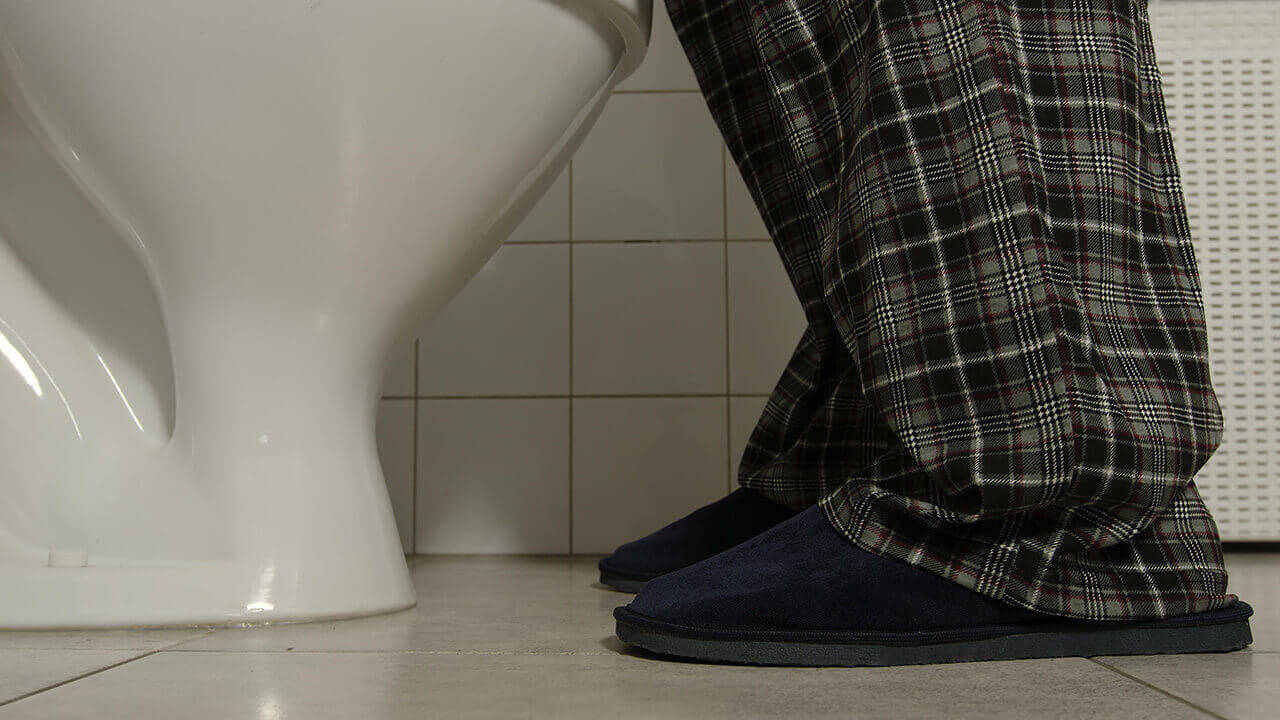Ureteropelvic junction (UPJ) obstruction is a blockage at the point where the kidney attaches to the tube that leads to the bladder. This blocks the flow of urine out of the kidney.
UPJ obstruction mostly occurs in children and often happens when a baby is still growing in the womb. The blockage is caused when there is a narrowing of the area between the ureter and the part of the kidney called the renal pelvis. Urine can build up and damage the kidney as a result.
The condition can also be caused by an abnormal blood vessel over the ureter. In older children and adults, the problem may be due to scar tissue, infection, earlier treatments for a blockage or kidney stones.
Some UPJ obstructions may have no symptoms. When symptoms occur, they may include:
Surgery to correct the blockage allows urine to flow normally. Most of the time, surgery is performed in infants. Adults may be treated with less-invasive procedures. These procedures involve much smaller surgical cuts than open surgery, and may include one of three techniques:
Laparoscopy has also been used to treat UPJ obstruction in children and adults who have not had success with other procedures.
A tube called a stent may be placed to drain urine from the kidney until the area heals. A nephrostomy tube, which is placed in the side of the body to drain urine, may also be needed for a short time after the surgery. This type of tube may also be used to treat a bad infection before surgery.
In certain conditions, a ureteral stent can be left in place long-term to treat the obstruction.
UPJ obstruction mostly occurs in children and often happens when a baby is still growing in the womb. The blockage is caused when there is a narrowing of the area between the ureter and the part of the kidney called the renal pelvis. Urine can build up and damage the kidney as a result.
The condition can also be caused by an abnormal blood vessel over the ureter. In older children and adults, the problem may be due to scar tissue, infection, earlier treatments for a blockage or kidney stones.
Symptoms
Some UPJ obstructions may have no symptoms. When symptoms occur, they may include:
- Back or flank pain
- Bloody urine (hematuria)
- Kidney infection
- Poor growth in infants (failure to thrive)
- Urinary tract infection, usually with fever
- Vomiting
Treatment
Surgery to correct the blockage allows urine to flow normally. Most of the time, surgery is performed in infants. Adults may be treated with less-invasive procedures. These procedures involve much smaller surgical cuts than open surgery, and may include one of three techniques:
- Endoscopic technique: does not require a surgical cut on the skin. Instead, a small instrument is placed into the urethra. This allows the surgeon to open the blockage from the inside.
- Percutaneous technique: involves a small surgical cut on the side of the body between the ribs and the hip.
- Pyeloplasty: removes scar tissue from the blocked area and connects the healthy part of the kidney to the healthy ureter.
Laparoscopy has also been used to treat UPJ obstruction in children and adults who have not had success with other procedures.
A tube called a stent may be placed to drain urine from the kidney until the area heals. A nephrostomy tube, which is placed in the side of the body to drain urine, may also be needed for a short time after the surgery. This type of tube may also be used to treat a bad infection before surgery.
In certain conditions, a ureteral stent can be left in place long-term to treat the obstruction.



